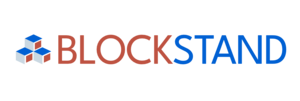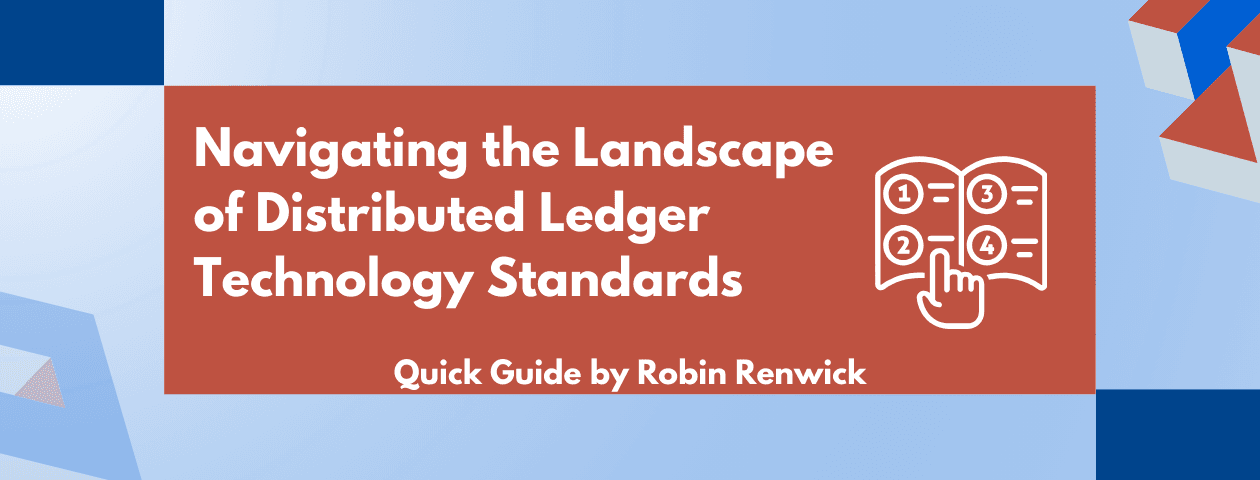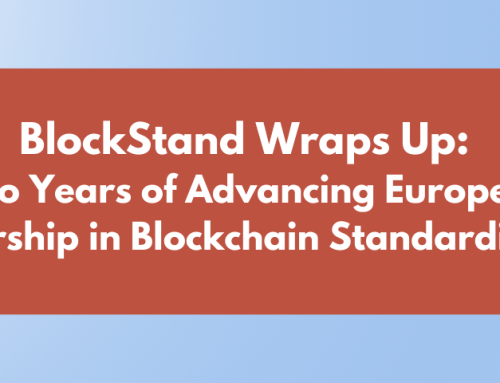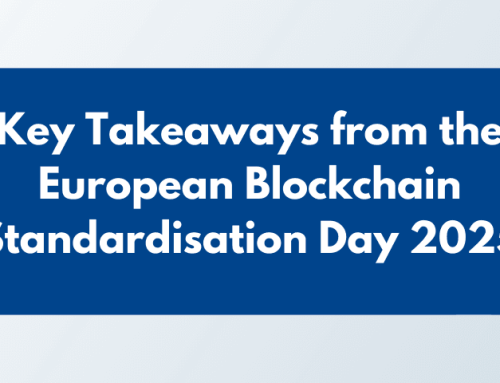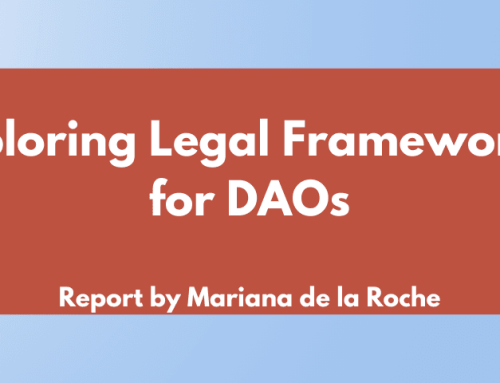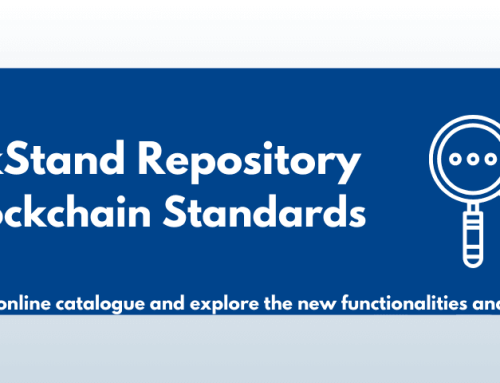In the rapidly advancing world of blockchain and Distributed Ledger Technology (DLT), the need for clear and effective standards has never been more critical. Robin Renwick, a BlockStand standardization expert, offers valuable insights into this evolving landscape in his recent article, which highlights key international and European initiatives shaping DLT standards.
The Core Role of DLT Standardization
DLT standardization focuses on building a shared set of guidelines and technical specifications that allow different blockchain platforms to operate cohesively. Experts like Renwick, deeply engaged in this work, highlight the collaboration across national standards bodies, industry leaders, and academia to drive DLT adoption and trust.
Organizations such as the International Organization for Standardisation (ISO) and the European Committee for Standardisation (CEN) are spearheading these efforts. Notably, ISO/TC 307, as Renwick discusses, is a pivotal technical committee developing standards, including those addressing privacy and security—essential aspects for public and permissionless systems.
Key Initiatives in DLT Standardization
Several initiatives currently lead the charge in DLT standardization, many of which are outlined by Renwick:
- ISO/TC 307/JWG 4: This joint working group between ISO and the International Electrotechnical Commission (IEC) addresses security, privacy, and identity in blockchain systems. Among its projects is “ISO/AWI 24946,” a newly approved work item aimed at creating privacy capability guidelines for DLT systems.
- CEN/CLC/JTC 19: At the European level, this joint technical committee works to harmonize international standards with European regulations. One of the key areas, as Renwick elaborates, is environmental sustainability, where the group is developing metrics to assess the energy consumption of different consensus mechanisms in DLT.
European Standards in a Global Context
Standards are central to the European Union’s strategy for fostering innovation while ensuring that new technologies align with sustainability goals. The Rolling Plan for ICT Standardization, now in its 2024 iteration, identifies specific domains like AI, IoT, and DLT as areas in need of standardized frameworks.
DLT standardization is particularly relevant given EU regulations such as the Markets in Crypto-Assets Regulation (MiCA) and the upcoming Anti-Money Laundering Regulation (AMLR). These regulations set specific guidelines for privacy and environmental impact, making the role of standards bodies all the more critical. Renwick emphasizes how MiCA’s restrictions on certain privacy-preserving features in DLT heighten the importance of creating flexible, compliant standards.
As Renwick explains, participation in DLT standardization efforts is open to experts from diverse fields, and their involvement is crucial to shaping the future of blockchain. As technology advances and new challenges arise, the need for adaptable standards that balance innovation with regulation becomes even more pressing.
To read more about related materials explore the “Resources & Publications” page below or visit the “Meet Our Experts” page to read about BlockStand experts and their main areas of work.
